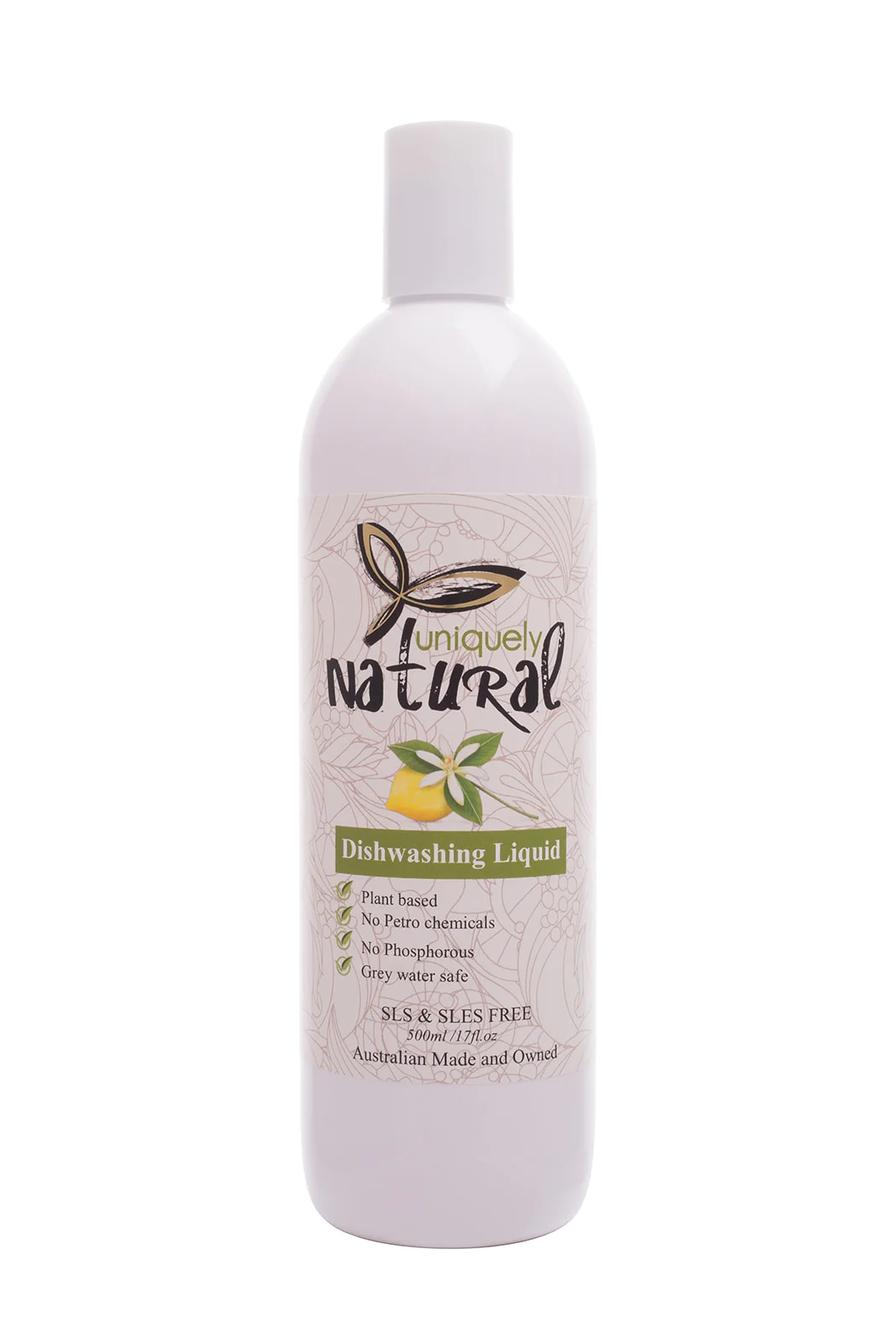Have you ever wondered why dishwashing liquid is so good at removing oil and dirt? The active chemicals in dishwashing detergent that combine to make your dishes glitter and shine will be covered in detail in this extensive tutorial.
Discover the essential elements’ roles and how they contribute to a potent cleaning action. You’ll have a better understanding of the science behind dishwashing solutions by the conclusion of this brief blogpost and be able to choose the ideal product for your household with knowledge.
The Composition of Dishwashing Liquid
A detergent molecule is created when these two different sorts of molecules are joined together.
The hydrophilic and hydrophobic ends of the dishwashing liquid molecule are opposites. When washing plates, the first one’s polar structure interacts with water. The latter, in turn, bonds to fat and oil thanks to its non-polar nature.
Ingredients That Every Basic Dishwashing Liquid Formulation Must Contain
The following four essential components provide efficient cleaning, foaming, and overall product performance and serve as the cornerstone of a functioning dishwashing liquid composition. The major and secondary surfactants, pH adjusters, and water are required to achieve a minimal level of cleaning performance, even though other additives like thickeners, preservatives, and perfumes might improve the product’s use and attractiveness.
- The first surfactant is an anionic surfactant. Dishwashing liquid’s main cleaning power comes from anionic surfactants like Linear Alkylbenzene Sulfonate (LABSA) and Sodium Lauryl Sulfate (SLS), which break up and remove grease and debris from dishes.
- A secondary surfactant, such as Cocamidopropyl Betaine (CAPB) or alcohol ethoxylates (AEO), provides to further cleaning and foaming qualities. Additionally, these surfactants aid in foam stabilization and enhance the formula’s mildness.
- Sodium hydroxide or citric acid are essential for preserving the ideal pH level of the dishwashing liquid, which is normally between 7 and 8. The right pH balance optimizes cleaning efficacy while also making products more skin-friendly for consumers.
- As a solvent and carrier for the other ingredients, water is an essential part of dishwashing liquid. Dishwashing liquid normally contains between 65% and 90% water. It makes it simpler to apply and rinse off the dishes by dilution and distribution of the surfactants, pH adjusters, and any other ingredients throughout the liquid.
What Are Foaming Agents?
The most commonly used foaming agents are sodium laureth sulfate (SLES), sodium lauryl sulfate (sometimes referred to as sodium dodecyl sulfate or SLS) and coco-glucoside, and these compounds are not free, and nor are they vital for the actual job of cleaning.
While the bubbles these chemicals create are nice to see, they aren’t nice to absorb. Some authorities claim SLES, for example, can be absorbed by skin cells and may lead to rashes and allergic reactions.
How Does Dishwashing Liquid Function?
The oil and grease won’t automatically dissolve in the water when you put an oily pan in a sink full of foamed water.
This is due to the fact that although water molecules are polar, oil molecules are nonpolar. How does dishwashing liquid function then? It functions as a linker or emulsifier because of its polar and non-polar nature.
Oil and water are incompatible by nature, but when washing-up liquid particles come into touch with oil, they migrate.
The hydrophilic, polar end of the molecule, which loves water, is facing the water, and the hydrophobic side, which loves fat, is facing the oil, if we could see the molecule at this moment.
This side is what binds to the fat, locks it inside the molecule, and pushes it away from the vessel. The water that foams can then be readily drained away.
Detergents aid in the solubilization of oils in water since they are amphiphilic. The non-polar oil molecules are bound by the hydrophobic (non-polar) portions of the detergent molecules.
The detergent molecules’ hydrophilic (polar) components attach to water simultaneously, allowing the complete molecule to dissolve in it. This causes the molecules of detergent and oil to combine with the water to generate a murky solution.
So, Does Foam Impact Cleaning?
Surfactants are used in dishwashing liquids to clean your dishes. These substances enable cleaning chemicals to penetrate and dissolve everything on the surface of whatever is being cleaned.
They also help break down water’s surface tension, which makes it much simpler for it to dissolve things like fat.
Foam is cited as proof of efficacy, which it is not, because without suds people can’t see the soap operating.
However, cleaning agents and surfactants don’t produce bubbles by nature. As a result, businesses add foamy agents. They assume if we can see bubbles in the sink while we’re washing the dishes, we’ll think they’re cleaner.

